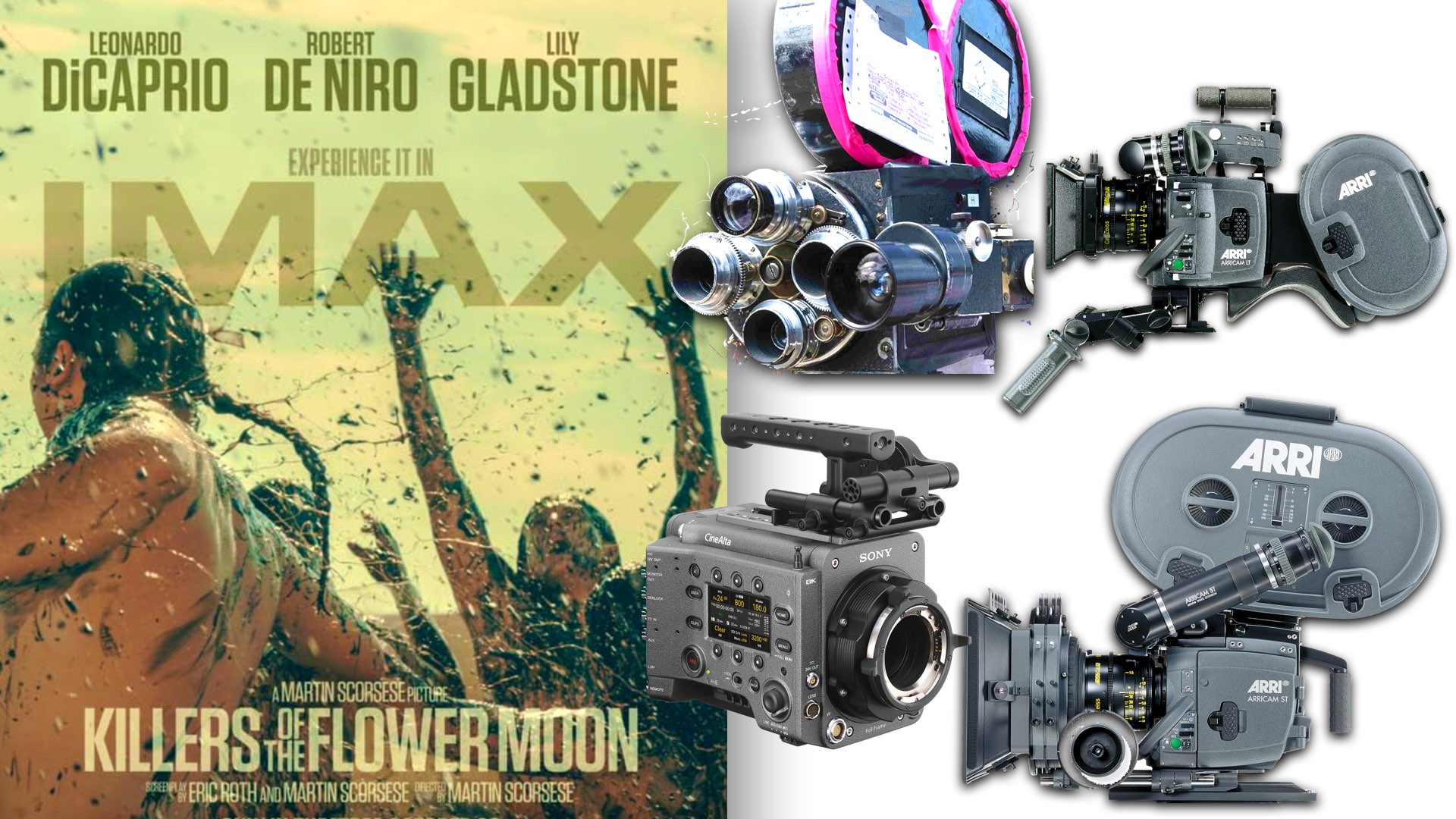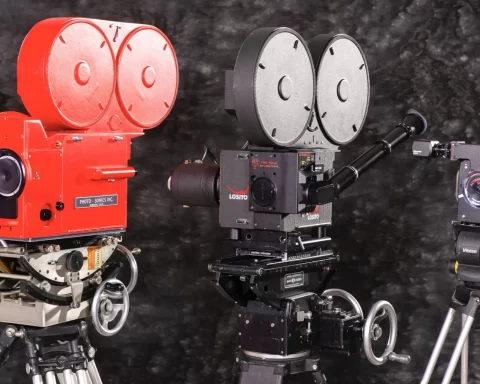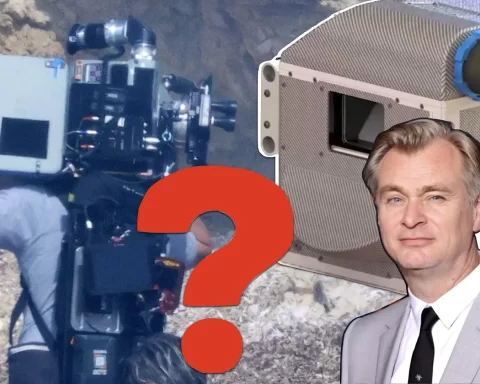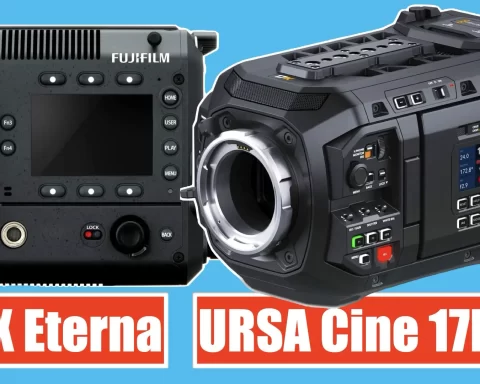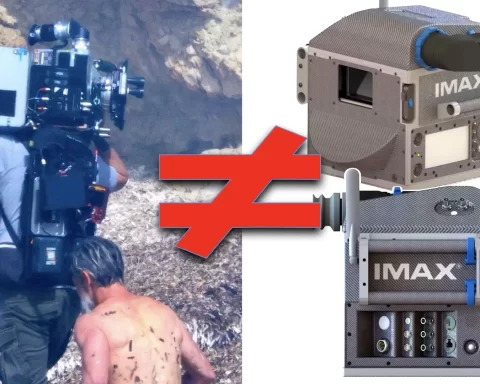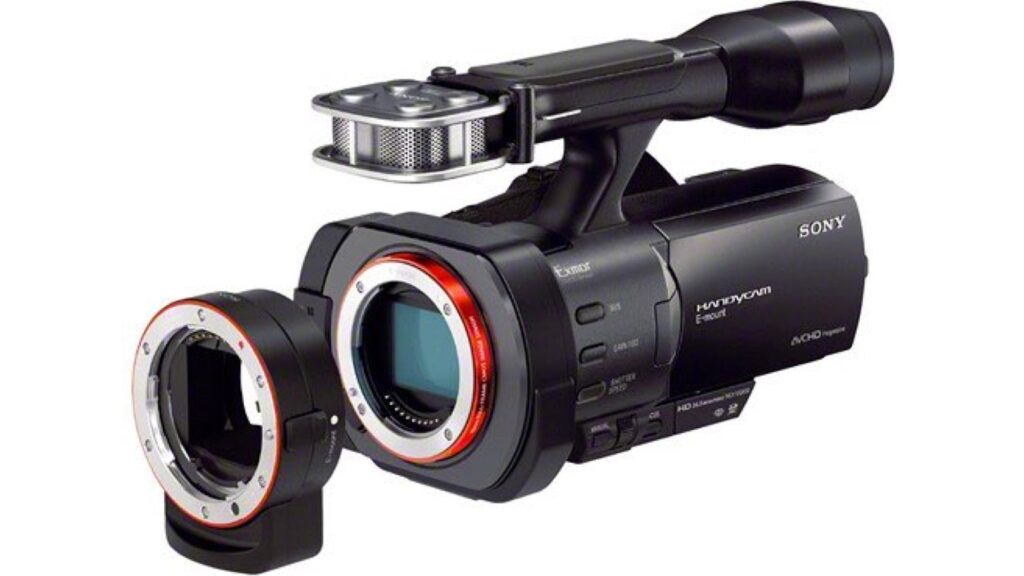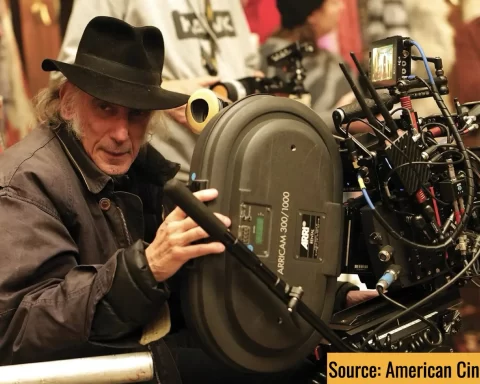Interestingly but not surprisingly, the acclaimed director Martin Scorsese has used a very special combination to shoot the masterpiece ‘Killers of the Flower Moon’. The movie was shot by his cinematic partner, Rodrigo Prieto Stambaugh, ASC, AMC, on the ARRICAM (ST & LT), combined with the Sony VENICE and Scorsese’s own 1917 Bell & Howell.
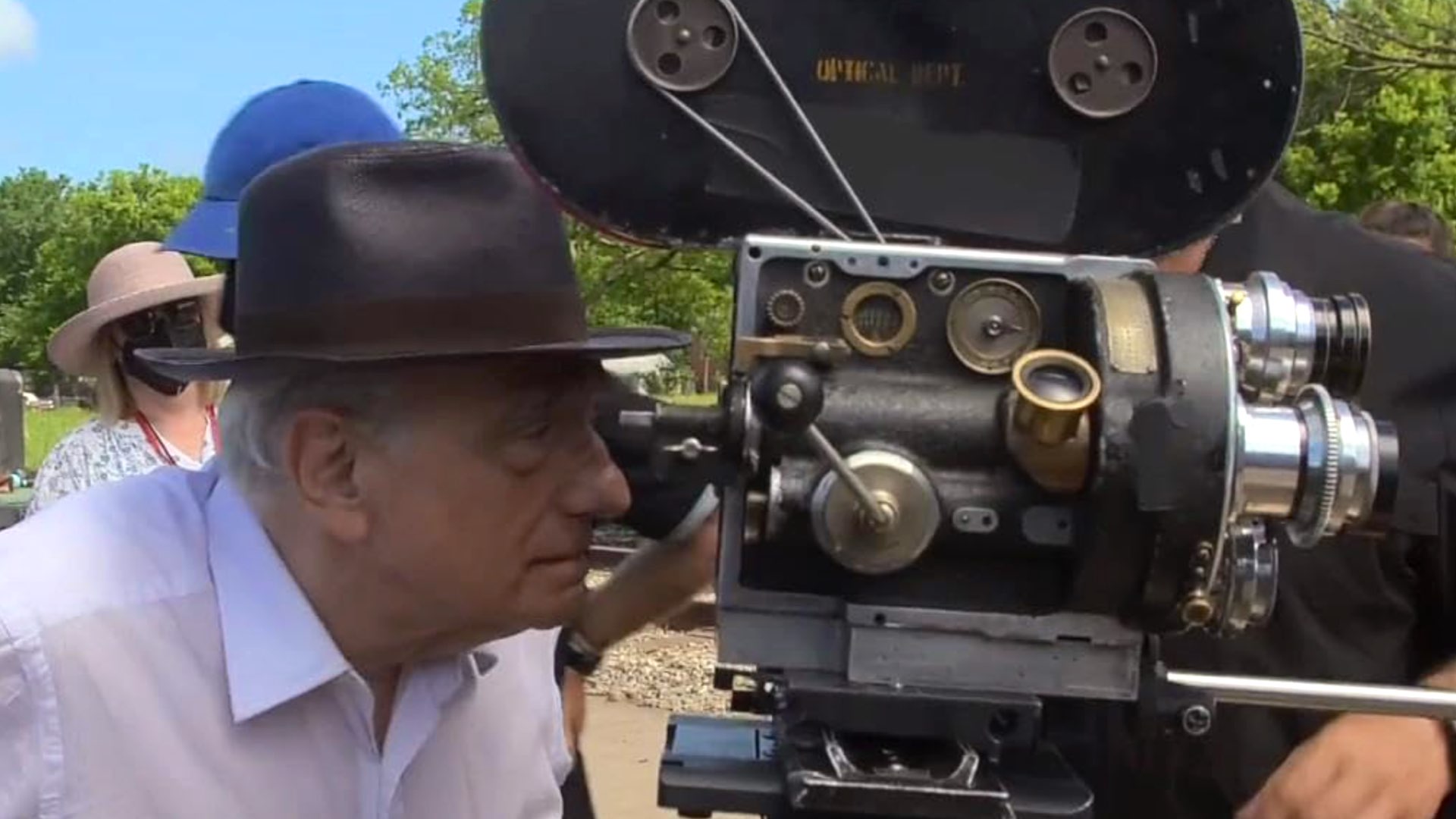
‘Killers of the Flower Moon’
Martin Scorsese’s ‘Killers of the Flower Moon’ is one of the contenders for the 96th Academy Awards (Oscar 2024). The movie is a 2023 American epic revisionist Western crime drama that is based on the 2017 book of the same name by David Grann. Its plot centers on a series of Oklahoma murders in the Osage Nation during the 1920s, committed after oil was discovered on tribal land. Leonardo DiCaprio, Robert De Niro, and Lily Gladstone lead an ensemble cast, that also includes Jesse Plemons, Tantoo Cardinal, John Lithgow, and Brendan Fraser. This will be the seventh collaboration between Martin Scorsese and Leonardo DiCaprio and will also mark the eleventh collaboration between Scorsese and Robert De Niro if the short film The Audition (2015) is taken into account. This is also the fourth time De Niro and DiCaprio have appeared in a film (short or feature-length) together. However, this is the first time that Scorsese, De Niro, and DiCaprio have all collaborated together on a feature film. Costing $200 million, this is the most expensive biographical film ever made, surpassing Martin Scorsese’s own The Irishman (2019), which cost $159 million. It is also the most expensive R-rated film (in the USA – other countries have different rating systems) ever made, surpassing The Matrix Resurrections (2021), at $190 million. Watch the trailer below:
Shot by Rodrigo Prieto
Rodrigo Prieto ASC, AMC who was the DP of ‘Killers of the Flower Moon’ is a Mexican cinematographer (born November 23, 1965), He has collaborated with Martin Scorsese and Alejandro González Iñárritu, among other prominent directors. He is a member of both the Mexican Society of Cinematographers and the American Society of Cinematographers. Throughout his career, Prieto has received many awards and nominations, including three Academy Award nominations for Best Cinematography in Ang Lee’s Brokeback Mountain (2005), Martin Scorsese’s Silence (2016), and The Irishman (2019). Furthermore, Prieto has shot another popular movie which is also an Oscar 2024 contender. That would be Barbie. For that Prieto utilized the ALEXA 65. However, Prieto likes to combine different cameras and formats to tell the story. ‘The Irishman’ (also directed by Scorsese) is a solid reference for the Prieto style. For that, he used an ultra-complex camera setup assembled from RED Helium and ARRI Mini (Helium for sections shot on digital, paired with two IR-capable ARRI ALEXA Mini as witness cameras for VFX). Moreover, ARRICAMs were used as well. The same goes for ‘’Killers’ (‘Killers of the Flower Moon’), which was a combination of film and digital.

‘Killers’: Combination of film and digital
The tools Prieto chose for ‘Killer’ were:
- Cameras: ARRICAM ST, ARRICAM LT, Sony VENICE, and Vision Research Phantom
- Lenses: Panavision T-Series Anamorphic (modified by Dan Sasaki), and Petzval Anamorphic

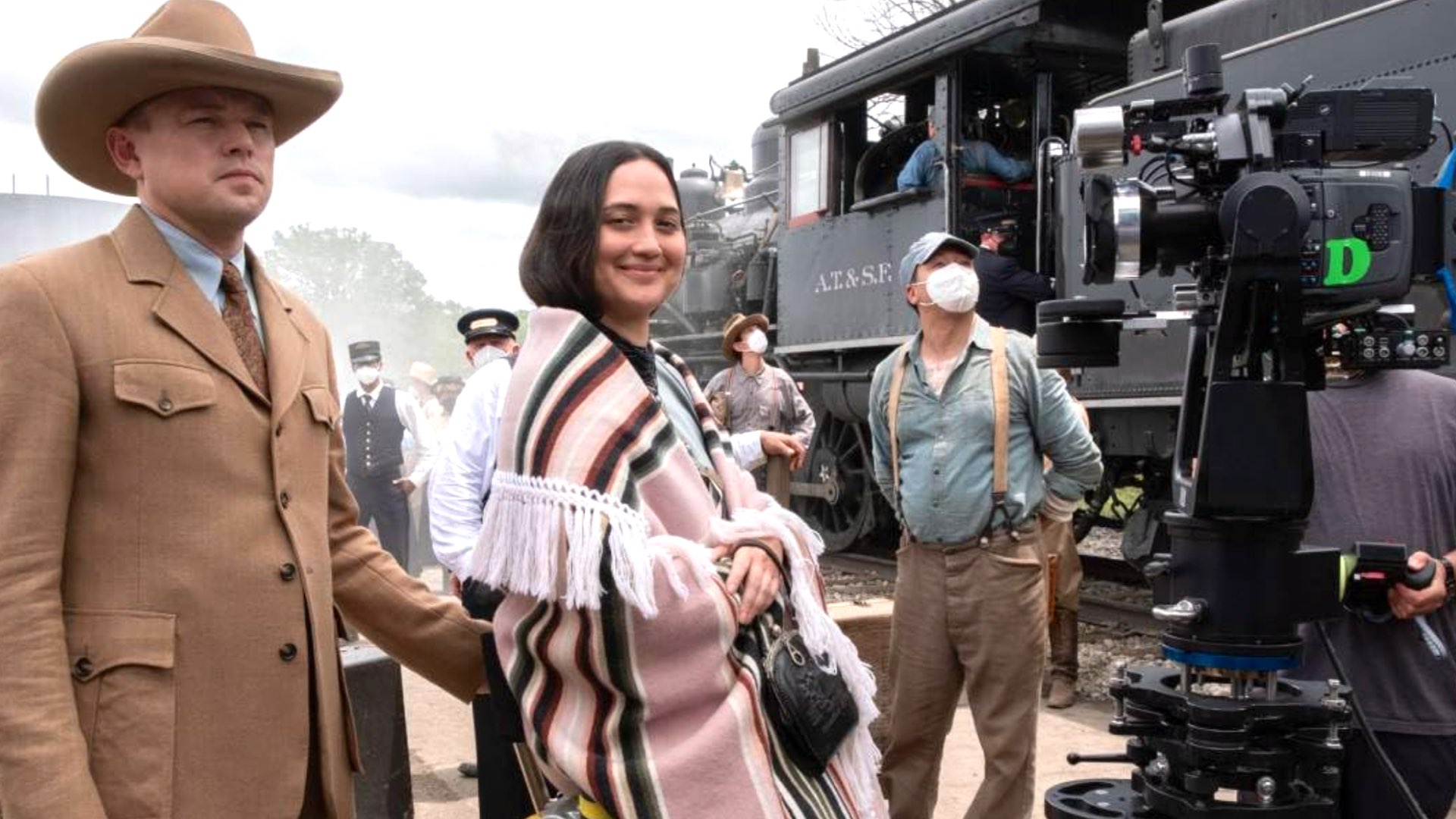
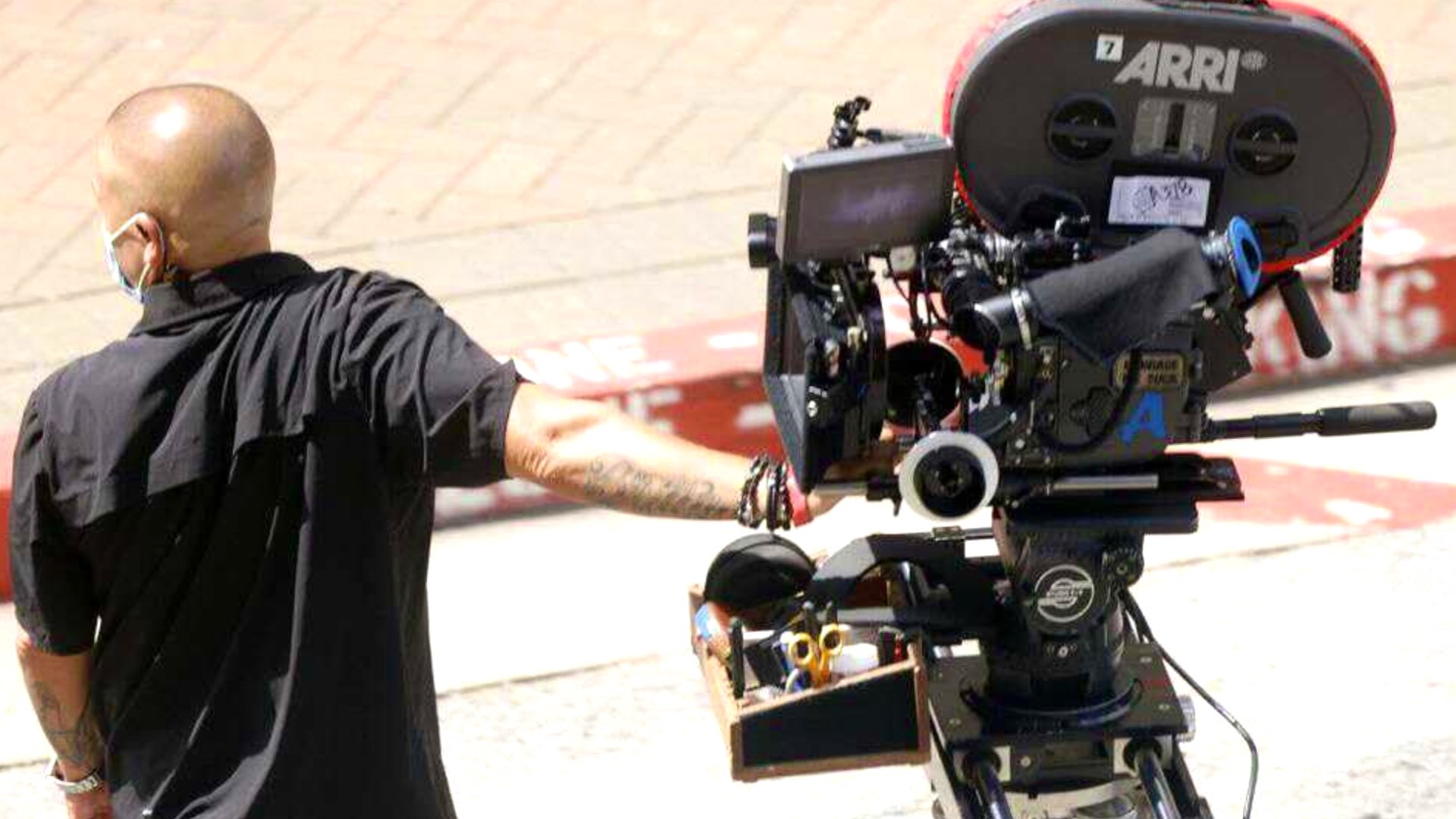

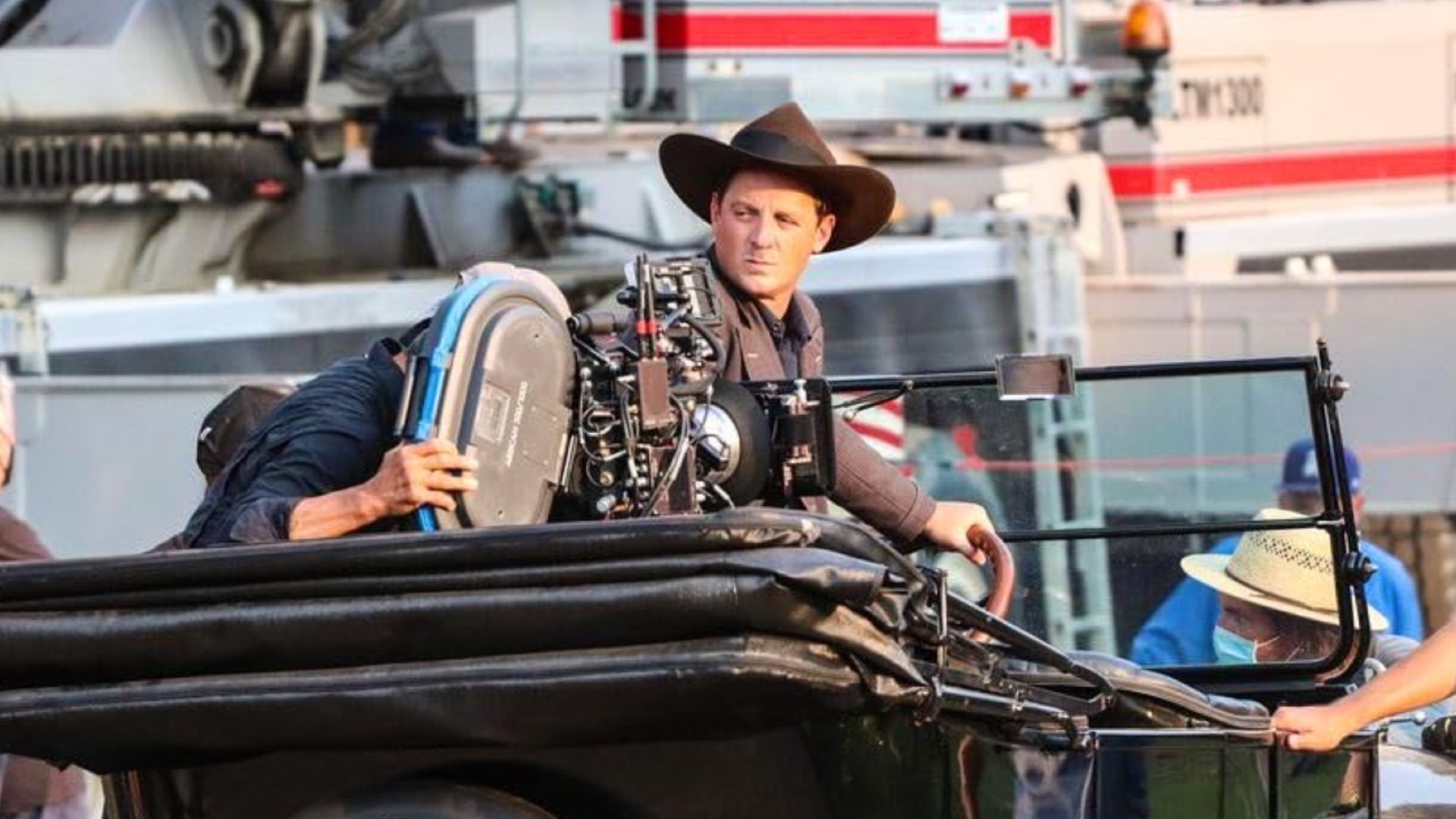
The ARRICAM ST was the main camera on set. Scorsese and Prieto wanted the deep colors of film. As for 2006, the ARRICAMs, together with the Panavision Panaflex, were the weapon of choice to shoot big-budget movies. Hence, it’s nice that these cameras are still so popular, and indeed, the ARRICAM is one of the most popular cameras within the Oscar 2024 contenders. The differences between the ST (Studio) model and the LT(light) are significant. Both of them run Super 35mm film. However, ST goes to 60 frames per second, compared to 48 fps on the LT. Additionally, the ST model is much more heavier than the LT (18Lb compared to 11.5).
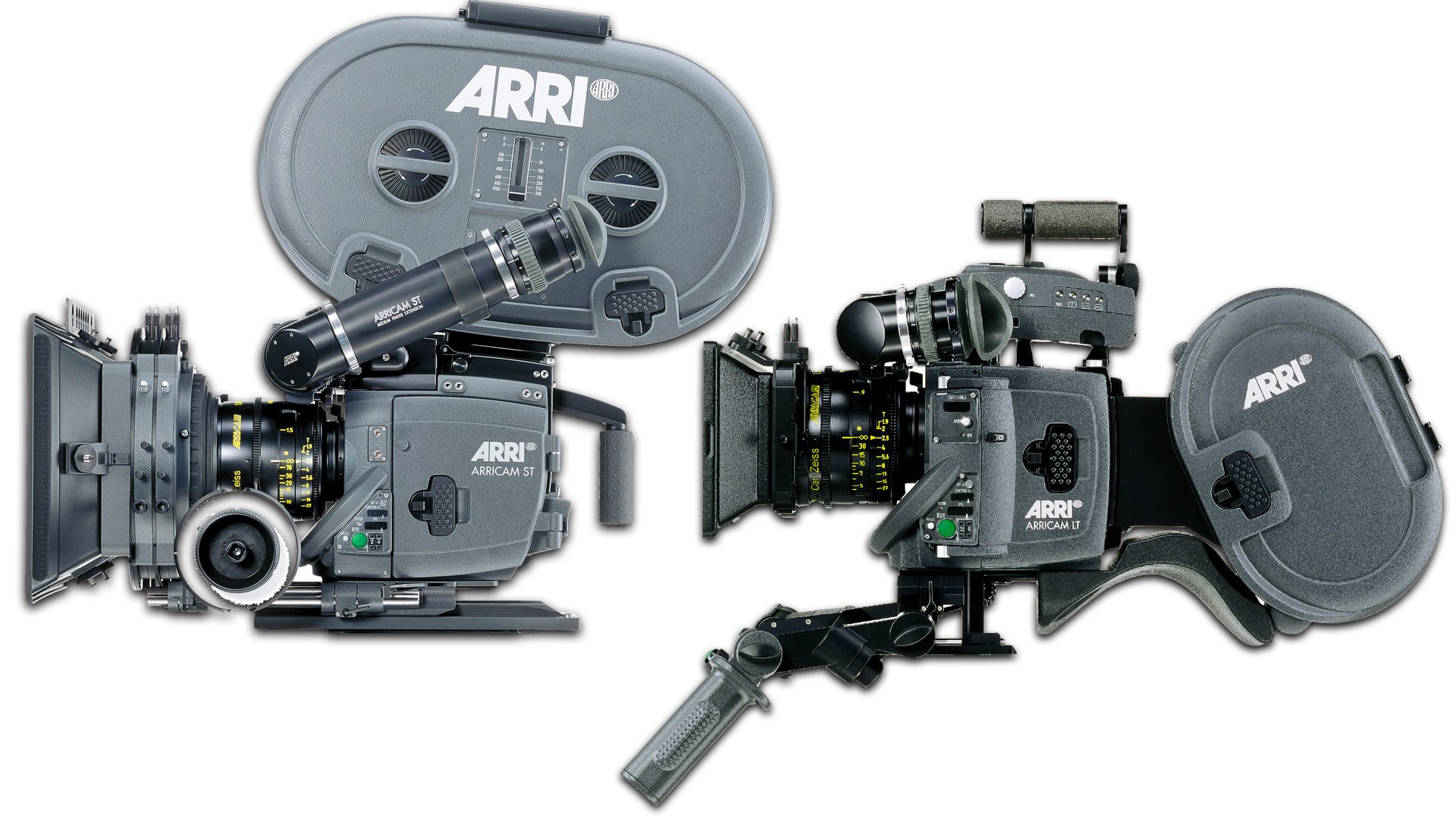
The ARRICAMs were paired with modified T Series Anamorphic and Petzval Anamorphic lenses. As usual, Panavision‘s Senior Vice President of Optical Engineering and Lens Strategy, Dan Sasaki, helped to modify the lenses according to Prieto’s demands. Sasaki is Panavision’s guy for special glass missions. For reference, check out what he did in Oppenheimer (shot by Hoyte van Hoytema). In the case of ‘Killers’, the T-Series Anamorphic was adapted in order to mimic the look of the previous century. This adaptation included putting an old glass into this modern lens. Additionally, dedicated LUTs were created to match the color photography of the time (the 1920s), emulating Autochrome (invented by the Lumière Brothers around 1907).
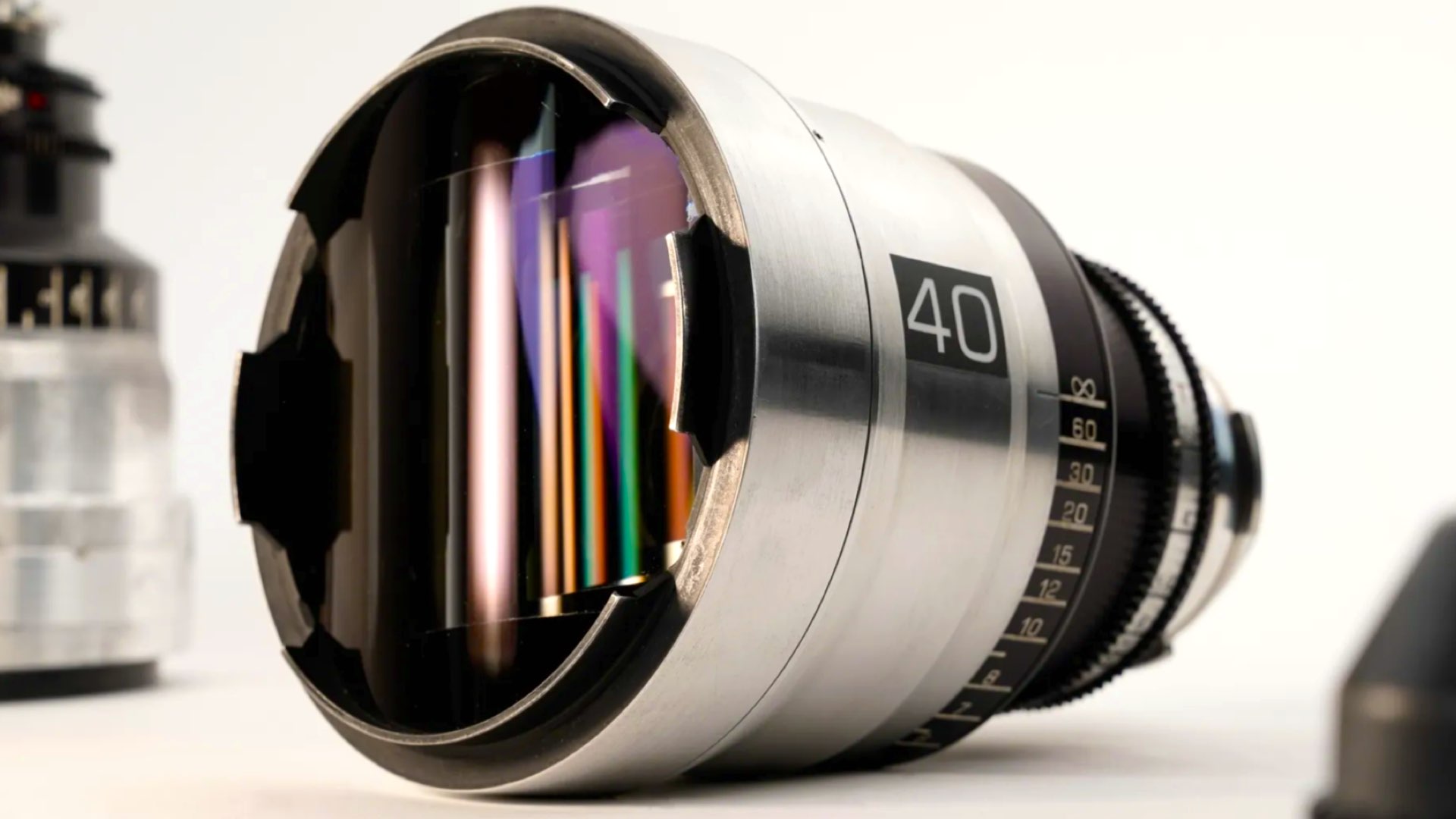
More cameras: Sony VENICE and 1917 Bell and Howell
The Sony VENICE camera was used as a digital lowlight solution for dusk and night exterior scenes. More interestingly, the hand-cranked 1917 Bell and Howell camera, owned by Scorsese, was used to shoot the “newsreel” shots in the film with Black and White Double X negative. This old camera needed some repairing, adjustments, and calibration. A few lenses were missing, and there was no reflex viewing system. Thus, Panavision helped to prepare Scorsese’s 1917 Bell and Howell to be used on harsh sets. The camera was further modified, improved, and battle-tested by Panavision, so it could beat the tough environment of the production.
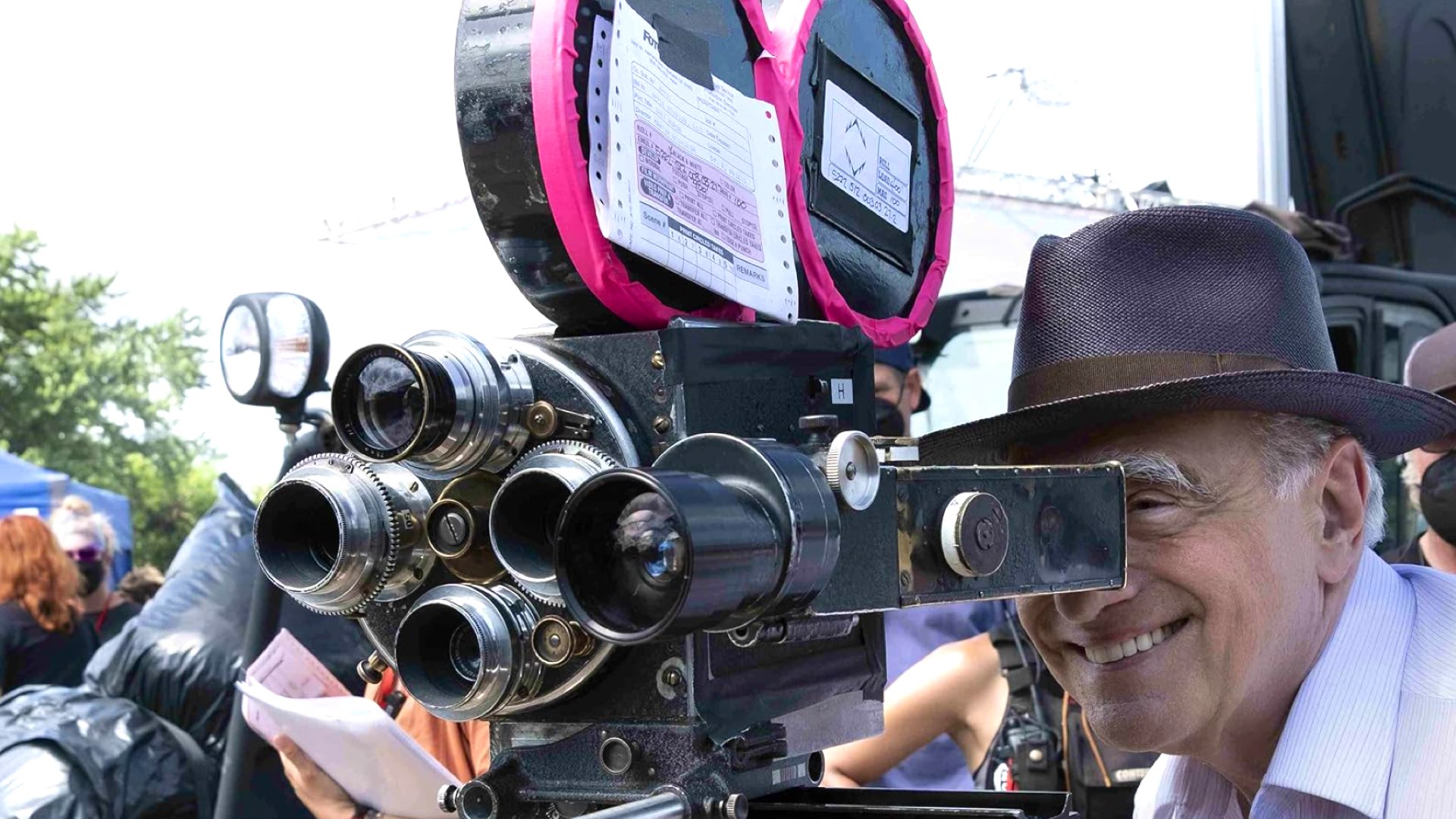
Filmed for IMAX
It’s intriguing to explore the combination of ARRICAM, VENICE, and Bell & Howell, to shoot an IMAX film. In an interview with IMAX Scorsese emphasized: “My film is made for the big screen and IMAX is THE big screen”. Indeed, utilizing a very old film camera, with legacy film cameras, integrated with modern digital cameras, paired with modified lenses and dedicated LUTs, is what we call a ‘fascinating filmmaking process’ that should be watched on the huge canvas.

